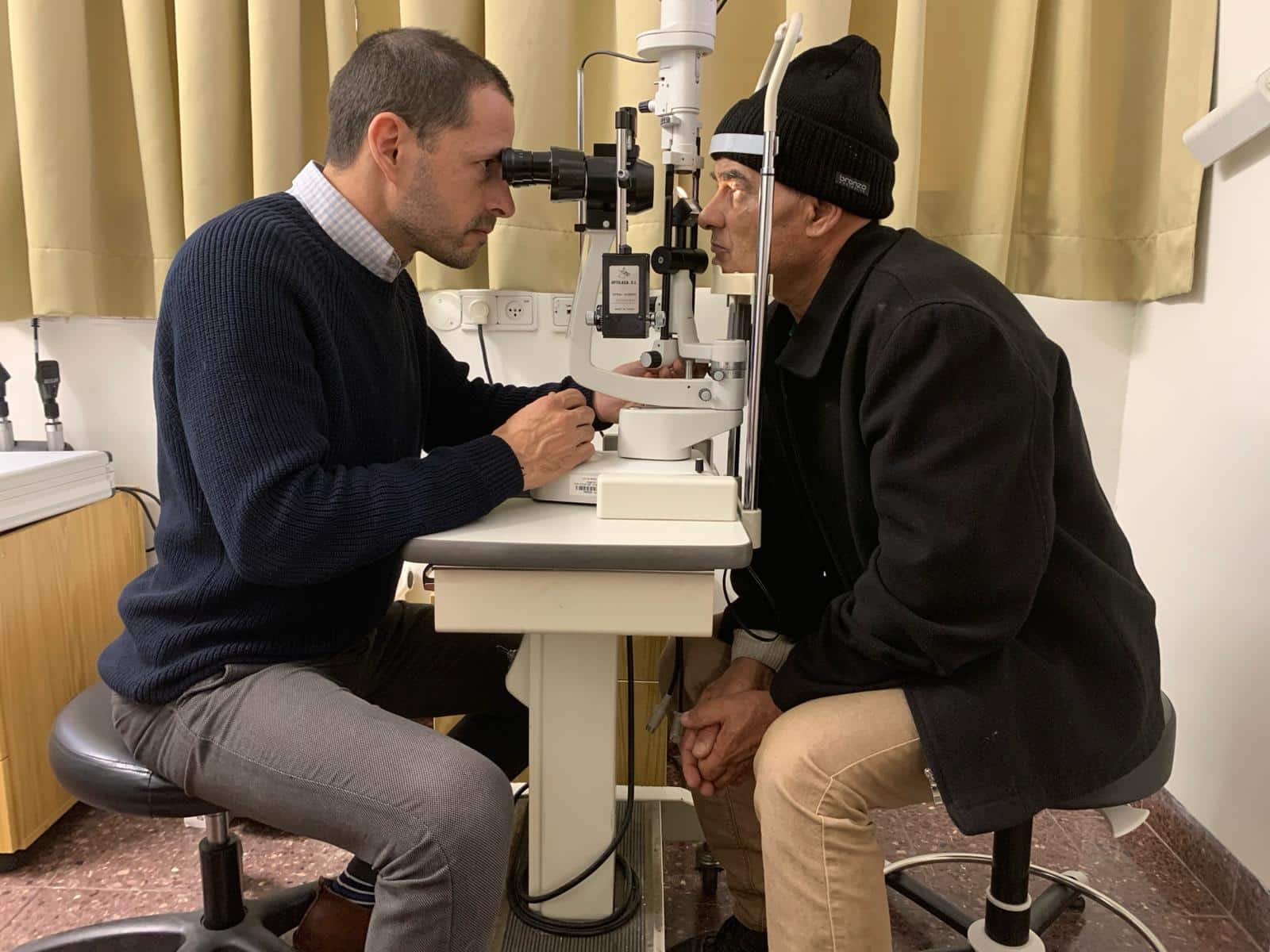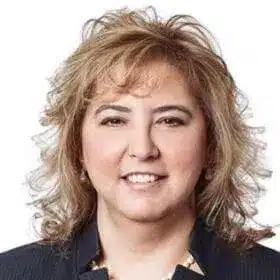Diagnosis and Treatment of Retinoblastoma
Retinoblastoma is an eye cancer that begins in the retina — the light-sensitive nerve tissue lining the inside of your eye. The retina sends signals through your optic nerve to your brain, where these signals are interpreted as images.
Retinoblastoma occurs when nerve cells in the retina, the light-sensitive nerve tissue at the back of the eye, develop genetic mutations. These mutations cause the cells to continue growing and multiplying in the retina, when healthy cells would normally die. This accumulating mass of cells forms a tumor. Retinoblastoma cells can then invade further into the eye and nearby structures, and at times also spread (metastasize) to other areas of the body, including the brain and spine.
Retinoblastoma is the most common type of eye cancer in children and comprises about 2% of all pediatric cancers. Fortunately, due to advanced diagnostics and modern treatments, more than 95% of children with retinoblastoma can now be cured. Choosing a hospital with state-of-the-art technologies and expert specialists is therefore critical for retinoblastoma treatment. Sheba Medical Center in Israel features top physicians who trained at world-renowned cancer centers. Our team is knowledgeable and experienced in the latest therapies to fight retinoblastoma in children.
At the Ocular Oncology Center at Sheba Medical Center, we offer advanced retinoblastoma treatments for children and adults. Our center is a national and international referral center for the diagnosis and treatment of various ocular tumors and associated conditions. Working in collaboration with the experts at our Goldschleger Eye Institute, the largest facility for ocular medicine in Israel, we strive to preserve the overall health and vision of adult and pediatric patients with retinoblastoma.

Our Doctors

Victoria Vishnevskia-Dai, MD
Senior Ophthalmologist, Director of the Ocular Oncology and Autoimmune Eye Diseases Center
Dr. Vishnevskia-Dai received her medical degree from the Sackler Faculty of Medicine, Tel Aviv University, and she completed a clinical and surgical fellowship in ocular oncology at the Wills Eye Hospital, Thomas Jefferson University, Philadelphia, PA, USA. From 1999-2003, Dr. Vishnevskia-Dai lectured on Ocular Diseases Among the Aging Population at the nursing school of Assaf Harofeh Medical Center.
Read More
Prof. Ido Didi Fabian, MD
Consultant Ocular Oncologist, Goldschleger Eye Research Institute
Prof. Fabian runs the ocular oncology laboratory at the Goldschleger Eye Institute at Sheba, where he is actively involved in researching innovative treatments for ocular tumors. He has a particular interest and expertise in treating retinoblastoma, ocular lymphoma and conjunctival melanoma. Prof. Fabian is the initiator and principal investigator of the Global Retinoblastoma 2017 study, and he is a member of Sight for All, an Australian nonprofit that focuses on ocular oncology training in Southeast Asia. He is also a member of the Retinoblastoma-Network; in this role, he trains local doctors from Sub-Saharan East Africa. Prof. Fabian has published dozens of scientific articles in international journals.
Read MoreRequest a consultation
Sheba Medical Center provides innovative, personalized medical care to patients from around the world. We are the largest, most comprehensive hospital in the Middle East and dedicated to providing advanced and compassionate medicine for everyone.
We welcome all cases, including the rarest and the most challenging. Our medical teams collaborate to provide the best possible health outcomes. From your initial inquiry through the long-term follow-up care, we are here for you.
Request a consultation and a Sheba Case Manager will contact you shortly:
